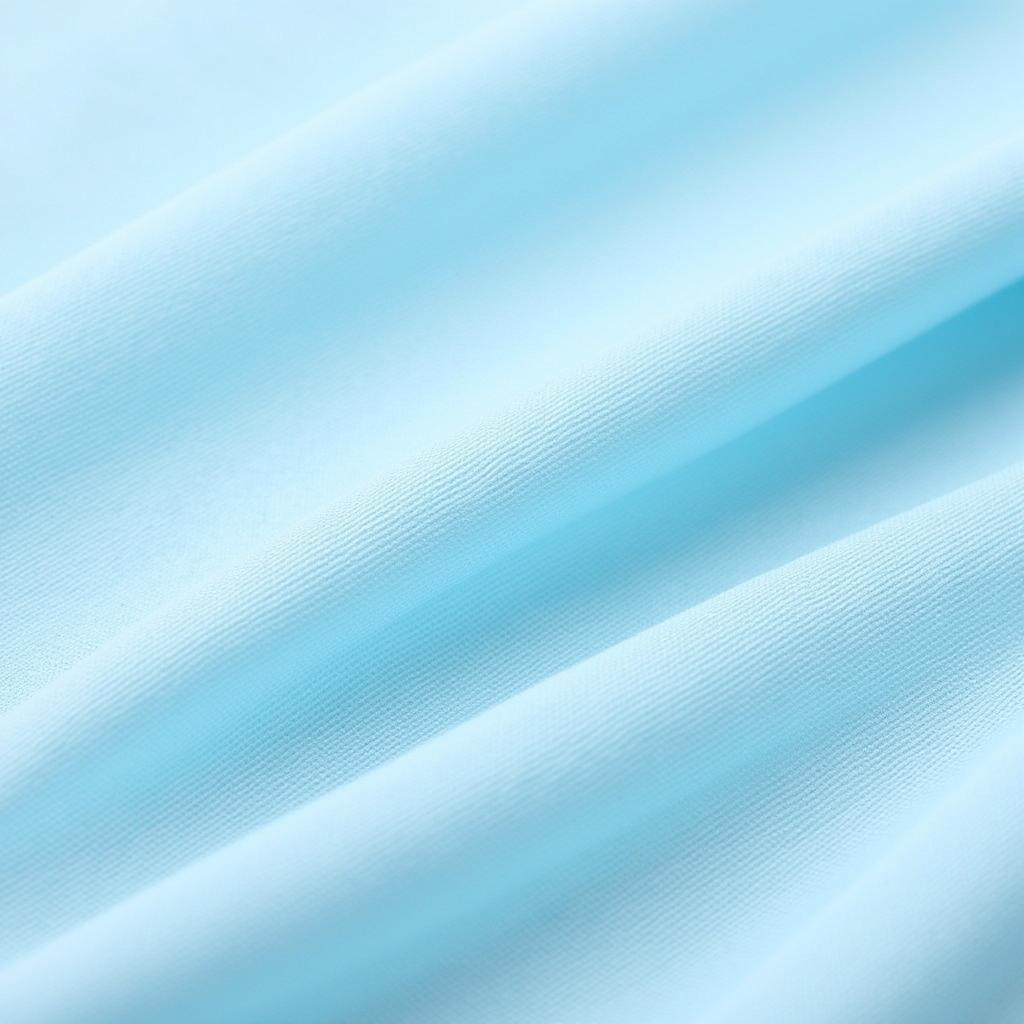Hospital Gown Fabric plays a crucial role in patient comfort and hygiene. Understanding the different types of fabrics used, their properties, and why they are chosen is essential for both patients and healthcare providers. This guide delves into the world of hospital gown fabric, exploring everything from the traditional to the innovative.
Choosing the right hospital gowns for women is especially important for their comfort during their stay.
What Makes a Good Hospital Gown Fabric?
Several factors contribute to the effectiveness of hospital gown fabric. Durability is key, as gowns need to withstand frequent washing and sterilization. Comfort is paramount, especially for patients who may be wearing them for extended periods. The fabric should be soft, breathable, and non-irritating to the skin. Hygiene is another critical aspect. The material should be easily cleaned and resistant to bacteria and other pathogens. Finally, cost-effectiveness is an important consideration for healthcare facilities.
Breathability is a crucial aspect, ensuring the patient remains comfortable even during longer stays.  Breathable Hospital Gown Fabric
Breathable Hospital Gown Fabric
Exploring Common Hospital Gown Fabrics
Traditionally, cotton has been a popular choice for hospital gowns due to its softness and breathability. However, its tendency to wrinkle and shrink can be problematic. Polyester is a more durable and wrinkle-resistant option, often blended with cotton for improved comfort. More recently, non-woven materials have become increasingly prevalent due to their disposability and cost-effectiveness. These materials are often made from polypropylene or other synthetic fibers.
While polyester offers durability, it may not be the most comfortable option, especially during extended wear.
The Rise of Innovative Fabrics in Healthcare
The healthcare industry is constantly evolving, and so are the materials used for hospital gowns. New fabrics are being developed with advanced properties such as antimicrobial resistance, fluid repellency, and enhanced breathability. For instance, some fabrics are treated with antimicrobial agents to reduce the spread of infection. Others incorporate moisture-wicking technology to keep patients dry and comfortable.
How to Choose the Right Hospital Gown
When selecting a hospital gown, consider the patient’s specific needs and the intended use. For short procedures, a disposable non-woven gown may suffice. However, for longer stays or for patients with sensitive skin, a more comfortable and durable option like a labour hospital gown may be preferable.
Patients requiring plus-size options can benefit from bariatric hospital gowns designed for enhanced comfort and coverage.
What are the different types of hospital gown fabrics?
Cotton, polyester blends, and non-woven materials are among the most common fabrics. Each offers distinct advantages and disadvantages in terms of comfort, durability, and hygiene.
Why is breathability important in hospital gown fabric?
Breathability prevents overheating and moisture buildup, promoting patient comfort and reducing the risk of skin irritation. This is particularly crucial for patients confined to bed or undergoing treatments that may cause perspiration.
Are there eco-friendly options for hospital gown fabric?
Yes, some hospitals are exploring sustainable options like biodegradable or reusable gowns made from organic cotton or recycled materials. These choices help reduce environmental impact while maintaining patient comfort.
Are all hospital gowns made from the same material?
No, the choice of hospital gown fabric varies based on factors like cost, intended use, patient needs, and infection control protocols. Different departments within a hospital may also utilize different types of gowns.
For expectant mothers, specialized hospital pajamas for delivery are available to provide comfort and accessibility during labor and postpartum recovery. The Korean hospital gown offers a distinctive style and fit that caters to specific cultural preferences and provides a comfortable experience.
The Future of Hospital Gown Fabric
The future of hospital gown fabric lies in continued innovation. Researchers are exploring new materials and technologies to create gowns that are even more comfortable, hygienic, and sustainable. Smart fabrics with integrated sensors are also being developed to monitor patient vital signs and provide real-time data to healthcare providers.
In conclusion, hospital gown fabric is an essential component of patient care. Understanding the different types of fabrics and their properties is crucial for making informed decisions about patient comfort and hygiene. As technology advances, we can expect to see even more innovative and effective fabrics used in hospital gowns, further enhancing the patient experience.
FAQ
- What is the most common hospital gown fabric?
- Are there hypoallergenic hospital gown options?
- How often are hospital gowns laundered?
- What are the benefits of disposable gowns?
- Can patients bring their own gowns?
- How are hospital gowns sized?
- What is the difference between a surgical gown and a patient gown?
For further assistance, please contact us at Phone: 02437655121, Email: [email protected] or visit us at 298 Cau Dien St., Minh Khai Ward, Bac Tu Liem Dist., Hanoi, Vietnam. We have a 24/7 customer service team.